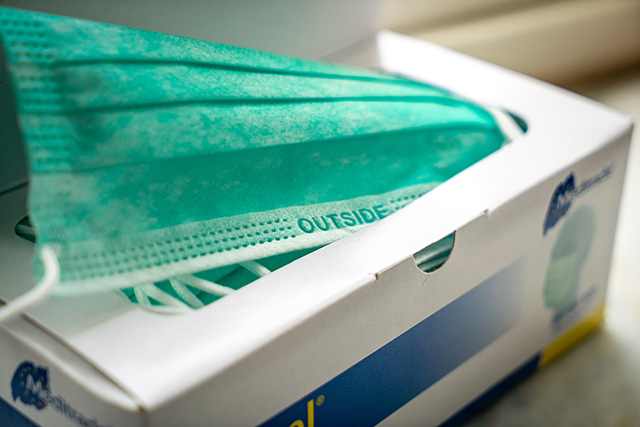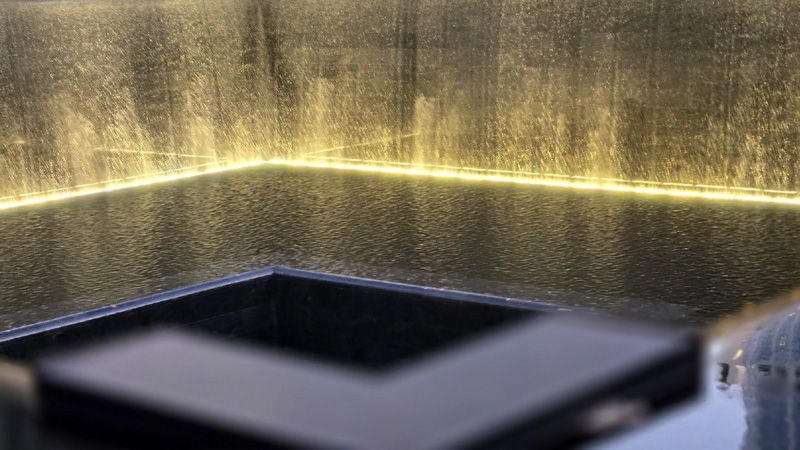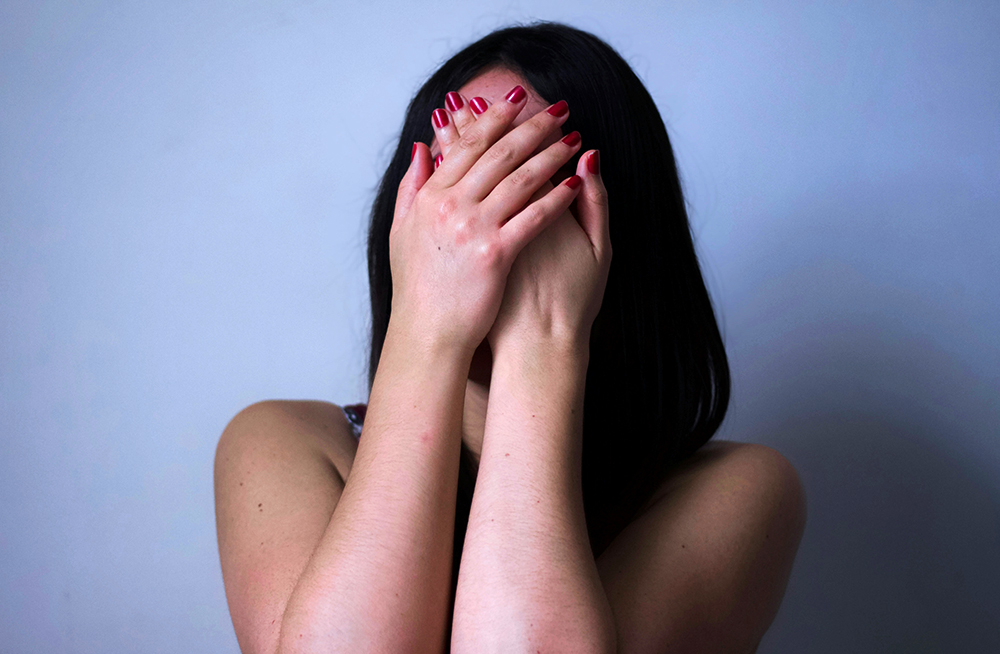(Mike Baumeister on Unsplash)
By Chia Schonberg
Job satisfaction in times of COVID-19 has taken on new meaning, in some cases it is a question of life or death. Many in the essential work force are risking their lives to continue making a living. Most are not doing so out of some sense of patriotism or moral obligation. They’re doing so out of necessity and because they have no option if they are to continue to support their families.
With the stimulus bill dragging in Congress and no second stimulus check to date, an employee doesn’t just depend on their employer simply for a check anymore, they depend on them for their safety, they depend on them for the safety of their children ever since schools have been leaving parents with no options for child care and they have to ask for more flexibility in their schedules, and finally they are depending on their employers for some level of appreciation for keeping their businesses afloat despite the danger they are in.
Mel R. is an MTA worker only a couple years away from retiring who describes the agency’s response to the pandemic as reactionary and underwhelming. He recently survived an attack from a commuter who held him at knife point, which he attributes to a recent lax in police presence. “The COVID is one thing, but it seems like there’s a lot more emotionally disturbed people in the subway than ever before,” he says. “Three people have been pushed in front of trains, Two people have been stabbed, but that’s just what’s getting reported. They didn’t report the guy who attacked me, and I know a lot of my buddies are dealing with this kind of thing from commuters recently.”
He says it is a lot pressure to go every day to a workplace where he doesn’t feel safe. “I’ve become so numb, but every so often I do have these thoughts of me in a casket and no one is around,” said Mel. “As soon as someone comes to me without a mask or pulls down their mask to talk I see red, I become so unprofessional. I feel stuck because I can’t sell my house, it’s too early to retire. I can’t start working somewhere safer now. I just have to stick it out three more years. If I survive.”
Anna M. is a nurse at a clinic that is not meant to take COVID-19 patients, but branched off into a COVID-19 screening office when the pandemic began. She describes the company as taking short cuts with peoples lives. “I don’t think they did enough,” she said. “Every day there was a COVID test meeting, but every manager had their own idea of what was necessary. Someone asked me to do a breathing treatment, but we had just put in place the policy that we weren’t supposed to be doing that because if something happened during the procedure and they needed emergency treatment, we couldn’t provide it. They were making us responsible for people we weren’t supposed to be treating. A lot of people from my office were infected.”
She says the brunt of her frustration comes from the office not taking responsibility for its part in her co-workers’ infections. The announcements made in the office from management seemed to shift responsibility for the infection site to be somewhere on the employees’ commute, even though it seemed to be common knowledge around the office that these were workers who were unnecessarily put in harms way due to COVID policies.
“We didn’t get COVID pay like other facilities did, some that weren’t even in the healthcare field!” says Anna. “They gave us some pamphlet that because we were a federally-funded facility, we couldn’t get it. Day cares closed and they still asked me if I was coming back to work the next day when they know I have an infant. Some people had to quit, they just had no compassion.”
Chris M is a corrections chief in charge of supervision of various bureaus within a prison. He was personally in charge of taking a five-page general pandemic plan, and making it a 80-page comprehensive COVID-19 specific plan. He describes the response from the facility as being as good as could be expected. They had about 600 inmates who tested positive and 1 death, but releasing about 1,500 inmates and going on lockdown helped keep the numbers relatively low in a prison that had almost 5,000 inmates. “It’s not like the old days when prisoners were all behind bars all the time, they’re in common areas with us,” he says. Correctional officers didn’t know what to expect because inmates were scared and tense, just ready to beat up any guy who coughed or sneezed.”
But one of his main frustrations are the misconceptions people in social justice movements have about prison reform. “They want us to not have new jails because they’re expensive,” he says. “They want us to spend that on programming, but if you don’t build a new jail you have thousands of people in an old unsafe jail. But with the funding we’re asking for, we can have new programs and better conditions, and use all the information we’ve learned about the prison system over the years to save a lot more money than they’re giving us in the long run.”
There are no answers for how to handle a pandemic of this magnitude for essential workers or their employers. In tense times like these, it is difficult to navigate what is most important in a climate where eviction freezes haven’t stopped evictions, bills are still due and the world doesn’t seem to be any more prepared to prevent the spread of the coronavirus. But the stories of essential workers everywhere in this country are important to understand if we can learn to live in a new normal.








No comments